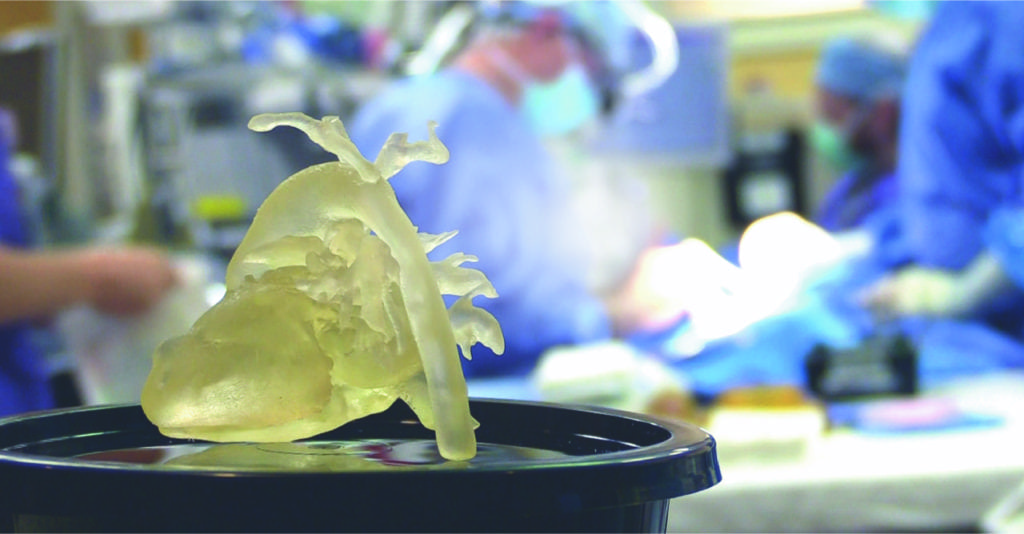Few experiences are scarier than learning your child is seriously ill or injured. Parents whose children receive a cancer diagnosis know that all too well. But young patients receiving care in St. Louis are fortunate to have access to technologically advanced medical care at SSM Health Cardinal Glennon Children’s Hospital. Its facilities provide modern treatment, surgery and medical expertise, and what happens behind the scenes makes it all possible.
One critical way Cardinal Glennon receives support is through its annual Glennon Card, a shopping card that offers purchasers discounts at stores, restaurants and other businesses for 10 days each year. Since 2011, the program has raised more than $1 million to fund important patient services. It’s presented by SSM Health Cardinal Glennon Children’s Foundation and the Glennon Guild, a women’s organization serving the hospital’s young patients.
The Glennon Card is a wide-reaching campaign, but its effects are felt on a very personal level, says hospital president Steven Burghart. Cardinal Glennon serves as many as 200,000 kids a year from preemies to teenagers, many of whose families don’t have adequate insurance to cover medical costs. There’s a constant need for funding, Burghart notes.
The Glennon Card program funds a different project each year. Its 2017 proceeds will go toward 3-D printing equipment to help doctors educate patients and families about health problems and how to solve them. “First, we take scans of the patient’s anatomy—for example, the heart or skull,” Burghart says. “Then a 3-D printer forms that data into a full-color model of the organ, including blood vessels and other tissues. The patient and family can touch it, interact with it, see where the problem is and understand what doctors will do to fix it.”
If the patient has a physical anomaly like a congenital defect, the 3-D model makes it easier for the clinical team to explain it to the child and family, he notes. It’s a much more effective educational tool than a generic model that doesn’t reflect the patient’s unique problem. And it offers kids and families peace of mind because they can understand the treatment process more fully. “It’s scary enough for kids to have lab work and other procedures done,” he notes. “Every bit of information we can offer them and their families is helpful in reducing anxiety.”
The 3-D modeling also can help doctors be better informed before performing surgery, Burghart adds. “Now, they can enter the operating room with a greater picture of the problem,” he says. “In the past, surgeons often had to open up the patient first to understand what was happening. With these models, they can create a more controlled and efficient surgery environment.” He gives the example of a patient with a jaw deformity that required surgery. “The surgeon showed me a 3-D model of the jaw, and you could see how the blood vessels and nerves intertwined,” Burghart says. “He even took the model into the operating room to help him plan the surgery.” Burghart says medical students use the models to practice incisions, sutures and other techniques.
Past Glennon Card-supported projects include ECMO (extracorporeal membrane oxygenation) equipment, a type of artificial lung that keeps the blood oxygenated in children with heart and respiratory failure; telemedicine systems; medical transport team equipment; and critical therapy for kids with behavioral and developmental issues such as autism spectrum disorders. “We wouldn’t be able to create innovative programs like these without support from the Glennon Guild and Glennon Card,” Burghart notes. “Getting the community involved and invested is a great way to raise funding and awareness for these important needs.”
